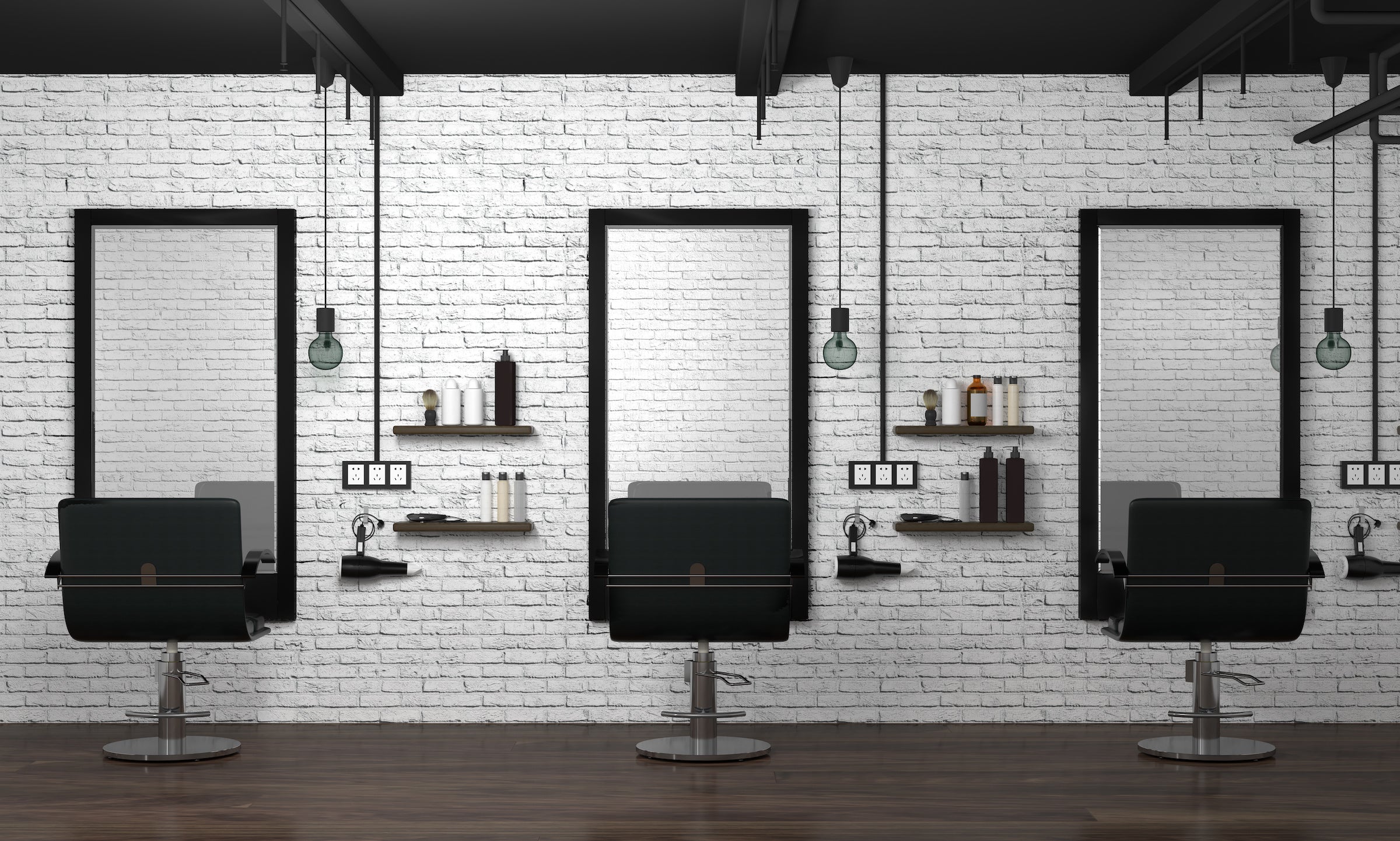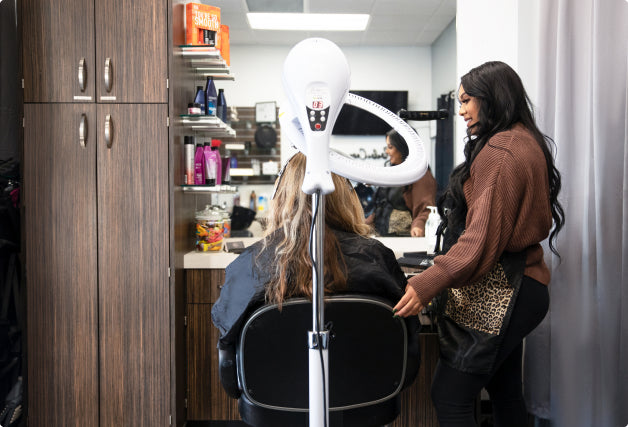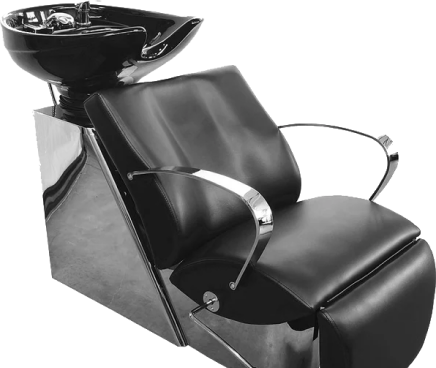When owning and managing a salon, it is inevitable encountering displeased customers. There will be days that an individual will call your attention about something they find hard to digest. This can range from simple things such as your salon ventilation and lighting, to issues that would need further action like the behavior of one of your staff. No matter how trivial or crucial the problem is, it is important that we treat it in a professional manner. Being unprepared for something like this is poison to your career as a salon owner. After all, you are running a business that revolves around customer service.
The big question is, “What to do?” When we are caught off guard by a screaming and highly annoyed customer, it is hard to immediately come up with a plan of action. The right way to get through this is to prepare yourself with the situation. You have to come up with a plan and educate your team with this. A uniformed and rehearsed protocol is more effective because it prevents you from losing track and giving in to your temper and emotion.
There are four things that you have to keep in mind in coming up with a strategy and they are Control, Converse, Collaborate, and Check.
Control
Imagine being called by one of your crew only to be greeted by waves and waves of sharp words coming from a customer he or she has just serviced. The customer is very irritated and has been throwing accusations at you on how you manage your salon. Sentences like “You are the manager, how can you let this happen?” and “You are responsible to your staff’s behavior!” can trigger annoyance on your end especially when you are fully aware that you have done your part as a leader.
At this point, it is you just have to control your emotion. You cannot let traces of adrenaline on your system from a tiring day’s work dominate you. Breathe in and breathe out. Control any urges to retort. Calm down and listen to what the customer has to say patiently. . With this, you will be better in segregating facts. You can also systematically find your course of action when you have a sound mind.
Converse
An irked customer will have a lot of things that they want to say. They will always have a long list of complaints that would seem to be giving birth to other problems as well. As much as you wanted to get yourself out of the scenario and spare yourself some time, you do not have the luxury of doing so. You are responsible for your employees and it is you that would have to face the customer and find out what went wrong.
In conversing with irate clients, it is a must that you let them vent first. Listen with a sincere ear. Listen to understand and not to rebut. It would help to give reassuring nods and confirming statements like “I understand”, “I see what you’re getting at”, etc. Ask a lot of questions to get to the root cause of the problem. If the customer said that he or she is very unsatisfied with the outcome of his or her service, you can start by asking what kind of service they requested and were there any requests that were communicated to the stylist before starting or during the process. From there, you can get a clear picture of what happened and you can confirm with your staff member his or her understanding of the request. By doing so, you can easily see the facts on what went wrong and who is at fault, or if this is just a case of miscommunication.
Collaborate
This step is often looked over by managers. For most, it is very easy to just shrug the problem off and give compensation to the customer to appease them. However convenient, this is just not the correct way in solving the problem. By compensation, you are not solving anything. You are only putting a temporary solution that can cause further damage in the future. For example, if you have conversed with a furious client about how the hair color is not appearing as he or she expected and you have confirmed with your staff that they did everything meticulously, and yet the problem still happened, giving your customer a gift card for another salon treatment will not change the possibility that the product you are using may be ineffective. Thus, giving freebies thoughtlessly is not a solution.
Talk to your customer and ask them what they would like. Let them talk while you listen. After their turn, it is time to present your thoughts. Summarize and confirm first your understanding of what they want to happen and then discuss whether you agree or not. If you agree and their solution is justifiable, then that’s good news. Tell your customer you concur and why you are agreeing. It is a must that they understand your reasons even if the solution is to their favor.
If you do not agree, however, present your case politely. Make them understand that following their resolution can be a disadvantage to the business that you are running. Present facts such as your policy, your company’s vision, mission, and even a bit of your daily operation expense. Be firm while you are tackling the issue with your client but make an effort to always be polite at all cost. Nothing aggravates the situation more than a condescending tone. Also, saying “no” upfront can trigger a fight. Start with cushion statements like “I understand. Wouldn’t it be fairer if…”
Check
Not because the problem has been resolved, your duty as a salon owner ends. Keep in mind that you are the point of contact and that in this situation, both parties rely on you even after the issue has been crossed out.
You have a responsibility to your staff involved in the scenario. Do a session with him and debrief him or her. Do not make it look like a bull session. Work together in analyzing what made the customer feel the way he or she felt. Try and classify each problem in categories and write out a solution to document what happened. Assure your staff that this is not like an office memo wherein 3 strikes and they’re out. This is to simply document the incident so that the store has reference on what to do should the same problem arise.
To the customer, your responsibility as a salon owner is to still check back and see if the solution both parties came up with worked for the better. Send an email after a couple of days and ask how they are doing and that you are hoping that the resolution worked for the best. Better yet, give them a call or send them a message through their mobile phone. Do not use a template and make the tone of your message genuinely concerned. You would be surprised at how transparent messages can be by how the reader interprets it.
There are also four things that you should be avoiding when faced with an unsatisfied customer. Remember them by using the four S mnemonic: Swear, Surpass, Sneer At, and Shoo.
Swear
When provoked and placed in hot waters, swearing can be one of the most common retort of many. Spouting bad words and explicitly directing it to a person is very offensive, more so highly unprofessional. Bite your tongue. No matter how disrespectful the customer might end up being, keep in mind that they are just releasing their frustration. Allow them to defuse and relieve themselves. Do not give in to the temptation and go on a swearing spree against them.
Surpass
Take the high road. Do not level with your angry customer. Never dwell with the thought that your aggravation surpasses that of theirs. With that kind of mentality, you are letting your pride take over which will certainly delete all trace of customer service in your system. Trying to surpass an irate customer’s sense of frustration is definitely not the mentality of a successful business owner. Be the bigger person and be humble in the face of complaints. You would not know when these troubles would serve as a learning experience for you and the team.
Sneer At
Any physical manifestation of possible ill feelings you may have towards your customer can easily be traced, believe it or not. If you are fond of smirking, making faces, frowning heavily, or something highly unprofessional such as rolling your eyes or sneering at your customer, then this can be your downfall. Nothing can be as immature and unethical as doing this act.
Shoo
Shooing a customer is also as ugly of a practice as the previously mentioned. By “shooing”, it doesn’t only mean loudly demanding the customer to leave. Acts such as ignoring the customer blatantly while they are airing their concern and not giving your full attention is dismissing them. When a customer threatens to never visit your salon ever or spread the bad news of your service to everyone they know, take it seriously. Do not call on the threat as a bluff and challenge them with words like, “We don’t need your business” or “Fine! Leave!” No matter if it’s just one person, a bad feedback can easily spread like wildfire. Before you know it, the customer you drove out might be your downfall.
Now that you already know the things you need to do and the things you have to avoid when facing a dissatisfied customer, you have no excuse in running your salon with poor customer service. Love your business and the people that come to support it. The lifeline of every establishment is its customers and because of that you have to be wary of the way you treat complaints. Best of luck in running your salon and remember to always be fabulous!

























